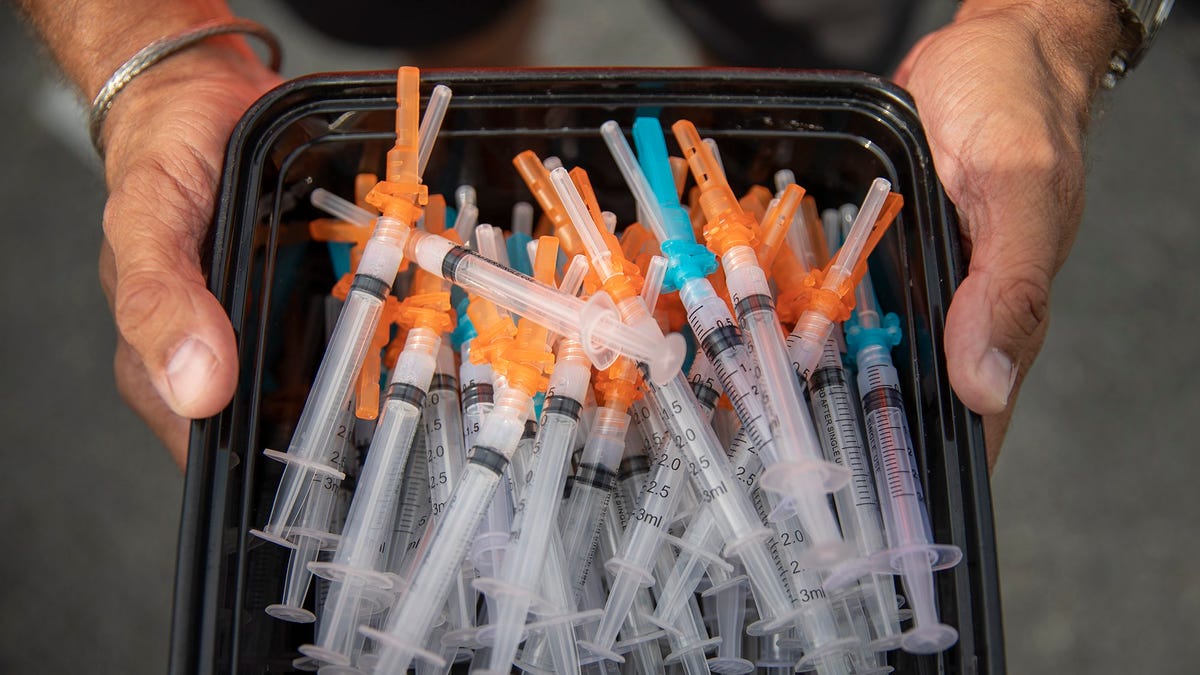The Austin area will return to a stricter set of recommendations under Stage 4 of Austin Public Health’s risk-based guidelines in the coming days, a sign of worsening pandemic conditions because of holiday gatherings paired with the highly contagious coronavirus variant known as omicron.
One key indicator that Austin and Travis County uses to help determine the risk of infection for those most vulnerable to the virus is the community transmission rate. That number on Tuesday was 167.4, a decline from 173.5 last week but still higher than the state’s transmission rate of 152.8.
More:Texas runs out of monoclonal antibody treatment to fight omicron
Another key indicator, the average number of new hospital admissions over seven days, was 36 — an increase from 28 the previous day. Both key indicators were well within their thresholds for Stage 4.
Dr. Desmar Walkes, Austin-Travis County health authority, sounded an alarm about the worsening pandemic conditions during an interview with the American-Statesman on Monday, saying Austin has reached the start of another coronavirus surge.
Omicron, unlike other COVID-19 variants that show symptoms about a week or two after infection, takes just two to three days from exposure to start causing symptoms.
As a result, those infected during Christmas should start showing signs of infection, along with a positive COVID-19 test, this week.
Under Stage 4, Austin Public Health will again urge residents who are not fully vaccinated to avoid gatherings with anyone outside their household. The unvaccinated should avoid all travel and use only curbside shopping or takeout dining.
Walkes said that, while initial research shows omicron is less severe than the delta variant, its fast infection rate is still a danger to those who are not fully vaccinated and also to those who are vaccinated but have underlying health conditions.
Hoping to avoid the devastating effects delta caused over the summer, Walkes is now urging all residents, regardless of vaccination status, to skip New Year’s Eve gatherings so more people don’t get sick.
“I would recommend that people limit their social interactions and social contact and, if they absolutely have to go and gather, that they (have tested) negative,” Walkes said, again encouraging everyone in Austin to wear masks in public.
New CDC guidance on quarantine time
For those who do test positive for the coronavirus, the national Centers for Disease Control and Prevention is now recommending a quarantine time of five days.
The quarantine period should start the day results confirm the infection and should end only if the person is no longer showing symptoms of illness after those five days. Quarantine should be followed by five days of wearing a mask around others, according to the CDC.
Before this week, the CDC recommended a quarantine time of 10 days. However, the change was made after research showed people are most infectious in the two days before and three days after symptoms develop.
The CDC now also says that those who are vaccinated and got a booster shot, but were exposed to someone who tested positive, can forgo quarantine if they wear a mask in public for 10 days.
Those who are unvaccinated, or who are vaccinated but have yet to receive a booster six months after becoming fully vaccinated, should quarantine for five days and wear a mask around others for another five days.
More:Austin Public Health lowers key threshold for COVID-19 stages amid omicron outlook from UT
Monoclonal antibody shortage in Texas
As Austin and Travis County hospitals again brace for a potential increase in COVID-19 patients, the Texas Department of State Health Services on Monday announced it had run out of its key treatment for omicron: the monoclonal antibody sotrovimab.
Monoclonal antibody treatment has for months helped people suffering from the delta variant avoid severe disease.
The regional infusion centers in Austin, El Paso, Fort Worth, San Antonio and The Woodlands, which have been using monoclonal antibody sotrovimab specifically to treat omicron, all ran out this week.
More:What we now know about the omicron variant as Austin braces for COVID-19 holiday surge
State leaders say new shipments from the federal government likely will not arrive until January.
“I’m concerned that the supply is not as robust as it was in the past,” Walkes said about the antibodies, adding that residents should take extra precautions until those shipments arrive. “That’s been a tool in our tool bag that has been very important. We’re anticipating, hopefully, restoration of that supply.”
Austin Public Health on Tuesday was tracking 203 people in the hospital with COVID-19, a jump of nearly twice as many patients since Dec. 21, when the number was 104.
More:Spreading Omicron variant coincides with troubling signs of new COVID-19 surge in Texas
Travis County vaccination rates as of Tuesday were at 80.53% for residents 5 and older who have received at least one dose of vaccine, and about 69.81% of residents 5 and older who are fully vaccinated.
Looking ahead into the new year, Walkes said she has no plans to take legal action to issue mask mandates or to force businesses to limit capacity.
“Austin has taken steps in the past to do what it needed to do to decrease the spread of this virus,” Walkes said. “We’re going to continue to make those guidance recommendations based on science and look to the community to respond accordingly.”
Statesman reporter Nicole Villalpando contributed to this article.
